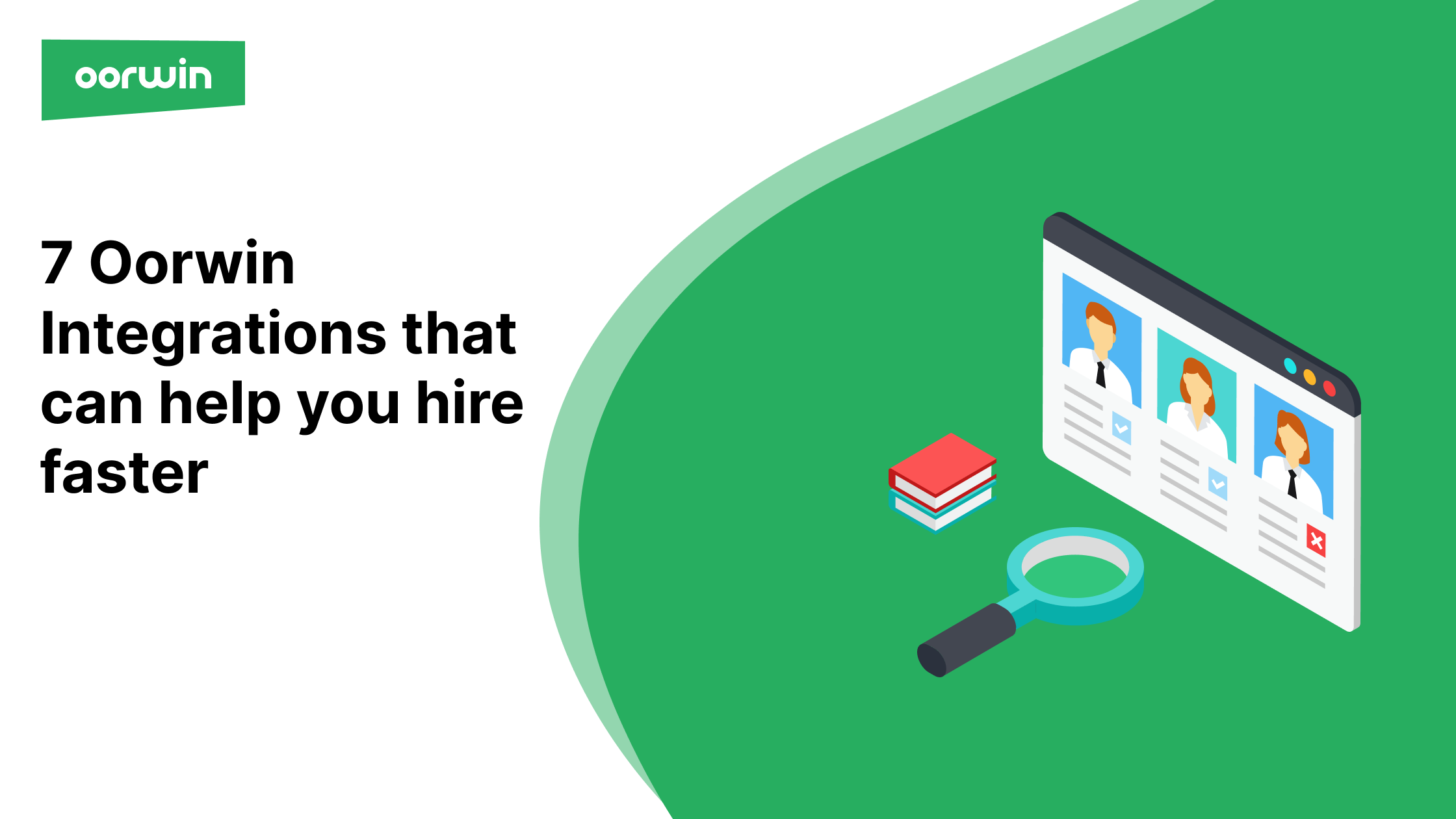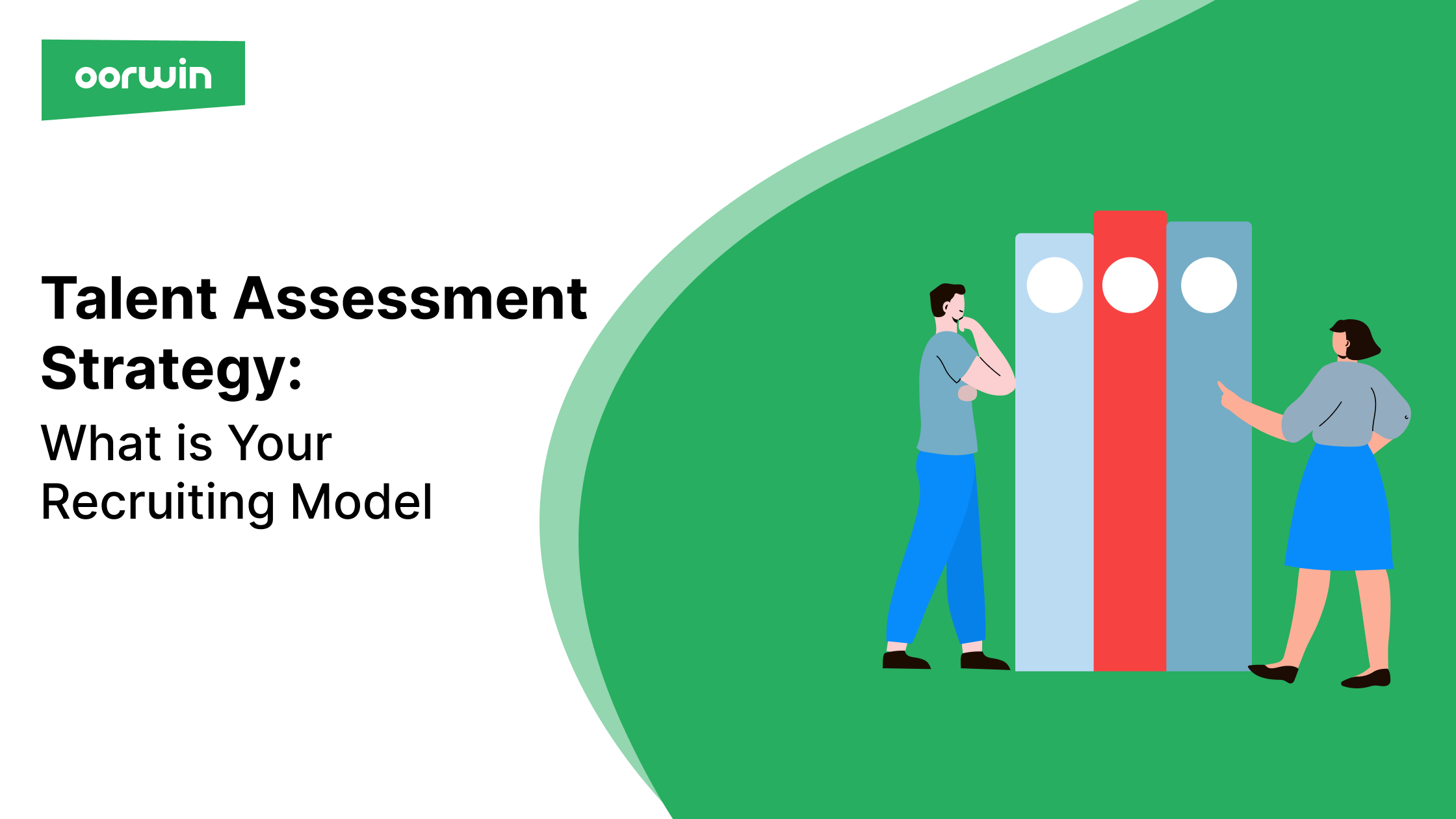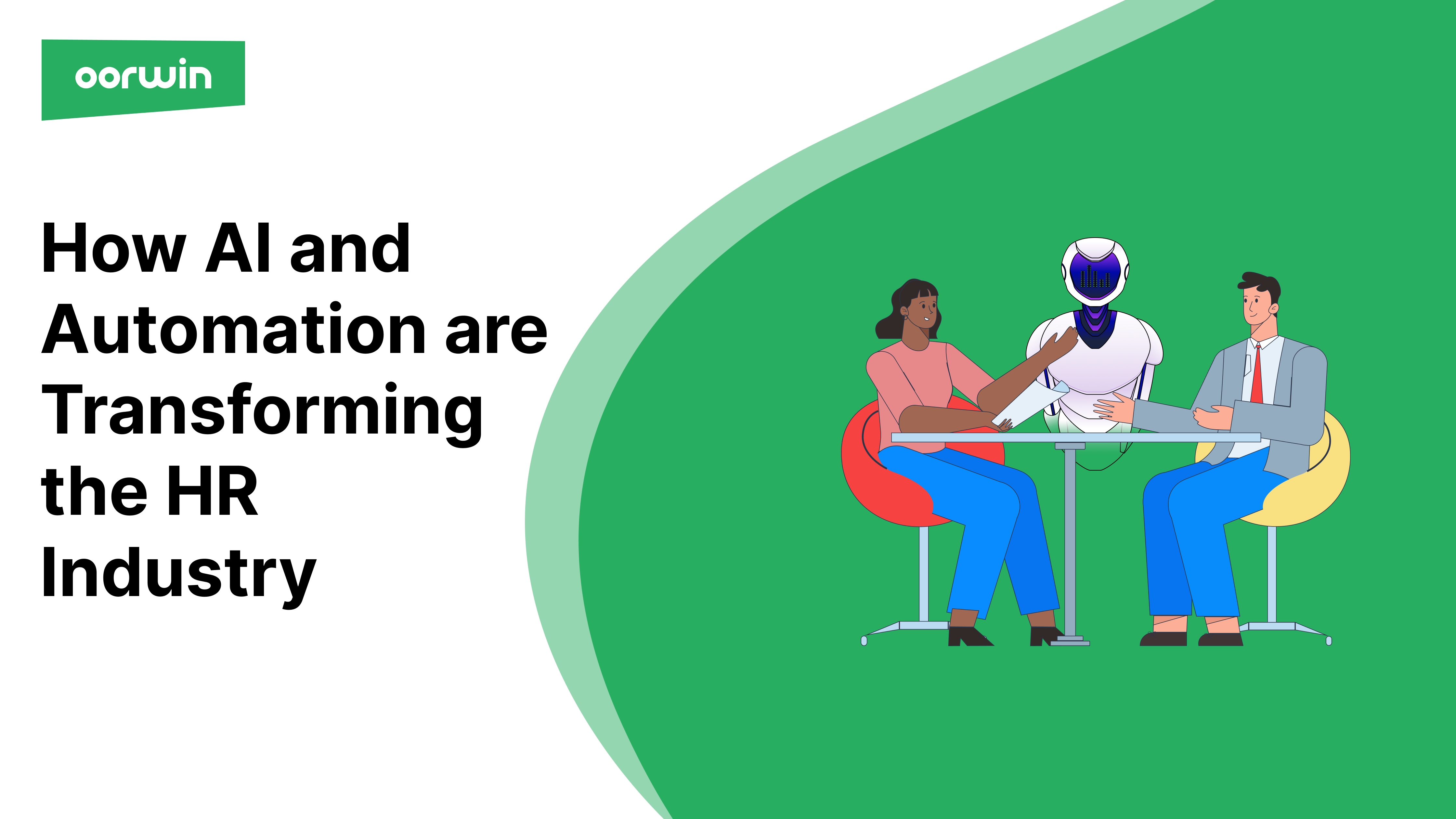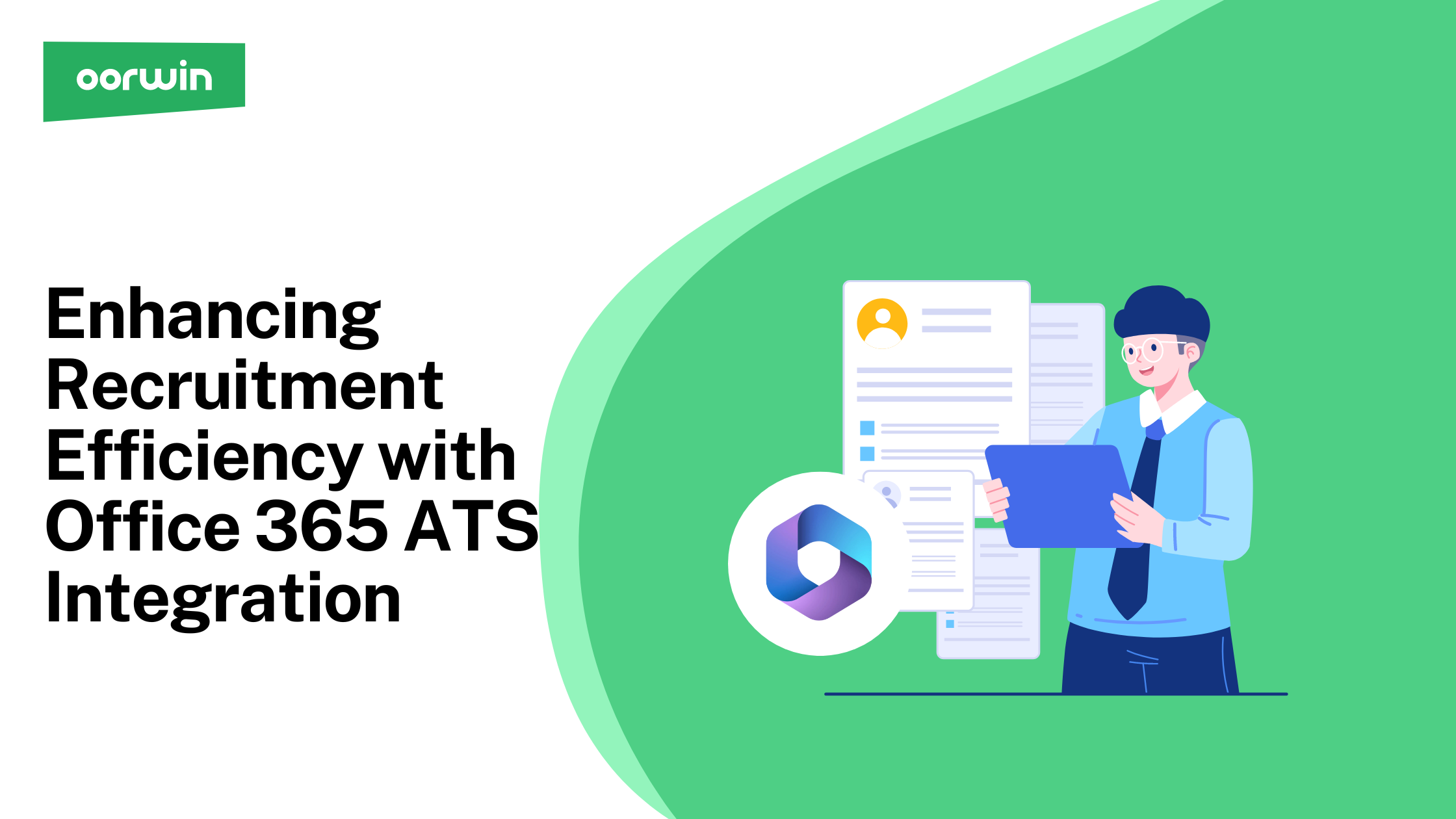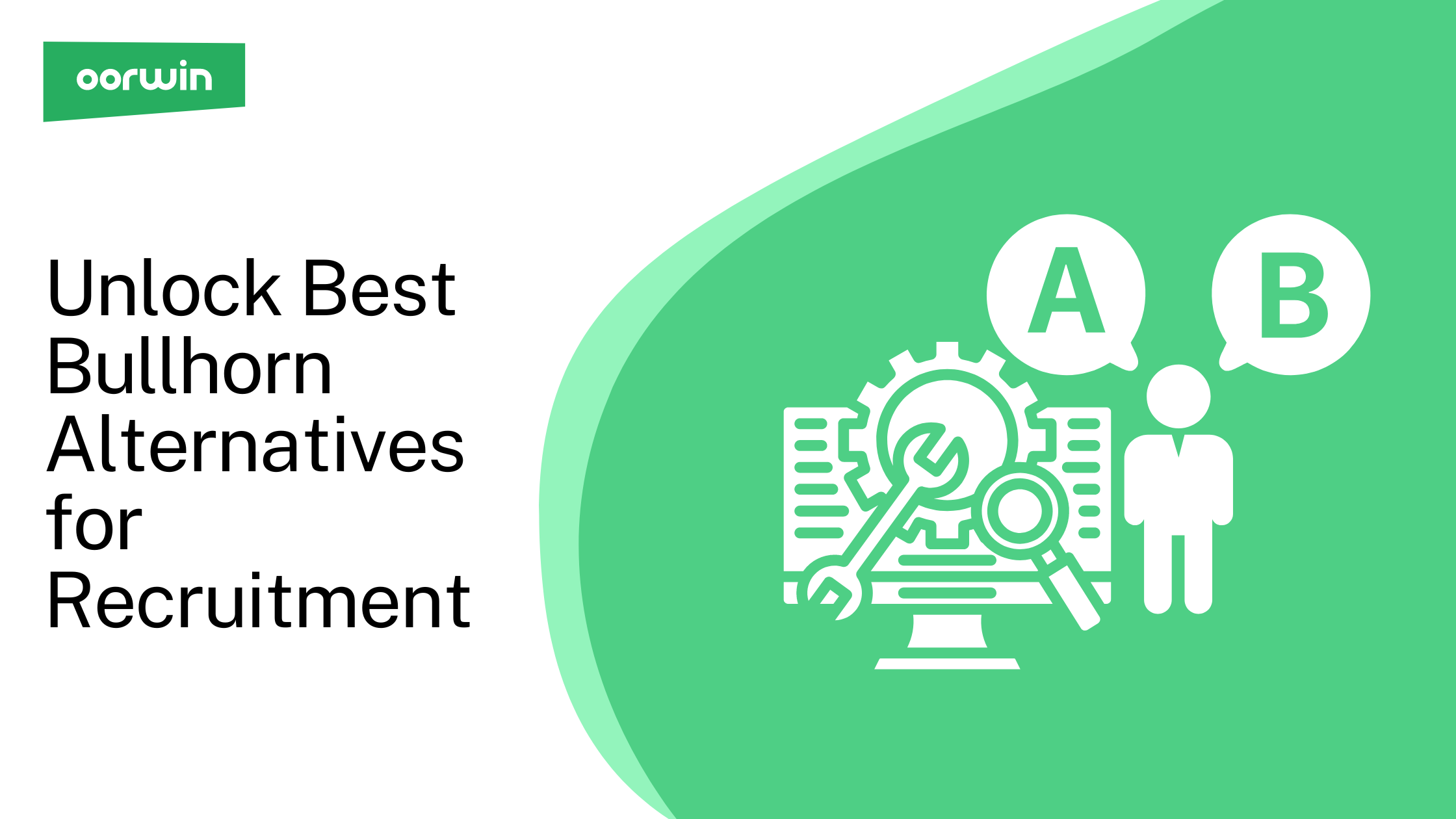Exploring Top Bullhorn Alternatives: 2024’s Recruitment Game-Changers
In 2024, the recruitment landscape continues to evolve, prompting a search for Bullhorn alternatives that offer innovative features and enhanced efficiency. This exploration is crucial for businesses aiming to stay ahead in talent acquisition. We delve into Bullhorn’s strengths and weaknesses and present leading alternatives, guiding you to make an informed decision about your recruitment needs.
Overview of Bullhorn
Bullhorn is a leading applicant tracking system (ATS) and customer relationship management (CRM) solution designed to streamline recruitment. It caters to staffing and recruiting agencies of all sizes, offering tools for candidate tracking, job order management, and more, facilitating a seamless hiring workflow.
Advantages of Bullhorn
- Comprehensive Integration Capabilities: Bullhorn excels in integrating various software tools and platforms, from email services to payroll systems, enhancing workflow efficiency and reducing the need for multiple systems.
- Robust ATS Features: It offers a powerful candidate tracking and management tool suite, enabling recruiters to efficiently manage the entire recruitment cycle from sourcing to placement.
- Scalable Solution for Businesses: Bullhorn is designed to grow with your business, accommodating an increase in job orders and candidate databases without sacrificing performance.
- Advanced Reporting for Strategic Insights: The platform provides detailed analytics and reporting features, allowing recruitment agencies to make informed, data-driven decisions that can improve their operational effectiveness.
- Global Support Network: Bullhorn supports its users with an extensive customer service network, offering assistance and resources across different time zones and regions, ensuring help is always available when needed.
Disadvantages of Bullhorn
- Steep Learning Curve for New Users: New users may find Bullhorn’s comprehensive features overwhelming, often requiring dedicated training sessions to fully utilize the platform’s capabilities.
- High-Cost Barrier for Smaller Agencies: Bullhorn’s pricing structure can be prohibitive for smaller agencies or startups, making it a less viable option for those with limited budgets.
- Limited Customization Options: Some users have expressed concerns over the platform’s customization capabilities, particularly its ability to tailor workflows and interfaces to meet specific operational needs.
- Complex Integration Process: Despite the wide range of integrations available, setting them up can be complicated and time-consuming, requiring technical expertise.
- Occasional Performance Issues: Users have reported instances of slowness and system downtime with Bullhorn, which can disrupt the recruitment process and affect productivity levels.
Top 10 Alternatives of Bullhorn to Choose from in 2024
As we navigate the evolving recruitment industry in 2024, many organizations seek alternatives to Bullhorn that offer distinct functionality, user experience, or cost advantages. Let’s check the list of the top 10 alternatives, each with unique features designed to meet various recruitment needs.
1. Oorwin
Oorwin is an all-encompassing recruitment platform that leverages artificial intelligence to boost candidate discovery and engagement. This platform merges functionalities across recruitment, sales, and human resources into one seamless interface, fostering enhanced team collaboration and superior hiring results. With its intuitive design, Oorwin demystifies the recruitment process, ensuring ease of use for users at all technical levels. Furthermore, its powerful analytics capabilities are essential for businesses that base their strategies on solid data.
Oorwin stands out by integrating cutting-edge AI technology, including features like AI-driven candidate scoring and job matching that refine the hiring process. This ensures that teams are filling positions and making strategic hires that fit perfectly into the company’s culture and goals.

2. Greenhouse
Greenhouse is celebrated for its ability to enhance recruitment strategies with its detailed reporting and analytics capabilities. This platform supports organizations in making well-informed hiring decisions by offering deep insights into every phase of the recruitment cycle. A strong advocate for inclusivity and diversity, Greenhouse incorporates structured interviews and features to reduce bias and promote a just and unbiased hiring environment. Its intuitive design and compatibility with numerous tools position it as a preferred solution for businesses seeking to elevate their hiring success.
Greenhouse truly understands the human aspect of hiring, placing a high priority on fair and equitable processes. Automating administrative tasks and fostering diverse candidate pools streamlines recruitment and nurtures a culture of inclusion within organizations.
| Feature |
Oorwin |
Greenhouse |
| AI Integration |
Yes |
Yes |
| CRM Capabilities |
Yes |
Yes |
| ATS |
Yes |
Yes |
| Seamless Integrations |
Yes |
Yes |
3. BambooHR
BambooHR is widely recognized for its robust human resources management features, offering an efficient Applicant Tracking System (ATS) suitable for small to medium-sized enterprises. Its recruitment component is crafted for ease of use, streamlining the entire recruitment process from the initial job posting to the final onboarding stages. The platform excels in integrating recruitment functions with its extensive HR suite, facilitating a smooth handover from candidate status to team member. BambooHR prioritizes a positive candidate experience, which is crucial in attracting the best talent and positioning it as a compelling alternative to BullHorn.
BambooHR goes beyond the basics by including top-notch security features that keep sensitive data safe during the hiring process. It also boasts powerful analytics tools that give HR teams a clear view of performance metrics and trends. This information is crucial for proactive management and making strategic decisions.
| Feature |
Oorwin |
BambooHR |
| AI Integration |
Yes |
Yes |
| CRM Capabilities |
Yes |
No |
| ATS |
Yes |
Yes |
| Onboarding |
Yes |
Yes |
4. Zoho Recruit
Zoho Recruit is a robust applicant tracking system (ATS) that caters to the diverse needs of recruiters, staffing agencies, and corporate HR departments. Its comprehensive suite of features is designed to automate and streamline the entire recruitment process, from sourcing candidates to hiring. Zoho Recruit excels in its ability to customize workflows, allowing users to tailor the platform to their specific recruiting procedures. With its advanced candidate sourcing tools, recruiters can effortlessly tap into multiple job boards and social media platforms to find the best talent.
Additionally, Zoho Recruit’s collaboration tools facilitate seamless communication among team members, enhancing productivity and decision-making. This nurturing approach ensures every candidate feels acknowledged and valued throughout their application process, improving their overall experience and impression of the company.
| Feature |
Oorwin |
Zoho Recruit |
| AI Integration |
Yes |
Yes |
| CRM Capabilities |
Yes |
Yes |
| ATS |
Yes |
Yes |
| Seamless Integration |
Yes |
Yes |
5. Breezy
Breezy HR streamlines recruitment by automating labor-intensive activities like interview scheduling and email notifications. Its intuitive interface promotes an efficient workflow, facilitating team collaboration and expediting hiring decisions. The platform strongly emphasizes enhancing the candidate experience through tailored communications and streamlined onboarding processes, ensuring the attraction and engagement of exceptional talent. Breezy HR also delivers in-depth reporting capabilities, shedding light on the hiring process’s efficiency and identifying areas for improvement and fine-tuning.
Breezy HR also stands out by offering a range of customization options that let recruiters tailor features to fit their hiring needs. Setting up personalized job portals and tracking candidates in detail is easy, keeping the hiring process moving smoothly.
| Feature |
Oorwin |
Breezy |
| AI Integration |
Yes |
Yes |
| CRM Capabilities |
Yes |
Yes |
| ATS |
Yes |
Yes |
| Integrations |
Yes |
Yes |

6. Ceipal ATS
Ceipal ATS emerges as a formidable alternative to BullHorn, harnessing the power of artificial intelligence to refine the recruitment process. Suitable for companies across the spectrum, it shines in automating critical recruitment tasks such as parsing resumes, screening candidates, and coordinating interviews, thereby streamlining the hiring journey. Its flexible architecture is designed to scale alongside your business, equipped with customizable workflows and in-depth analytics that fine-tune your recruiting strategy. Ceipal ATS’s dedication to ongoing innovation ensures it remains at the forefront, offering a solution that adapts to future needs.
Ceipal ATS stands out for its AI prowess and human-centric approach, ensuring recruiters feel supported and empowered throughout the hiring process. Focusing on user needs and feedback creates a personalized experience that fosters collaboration and success. Ceipal ATS’s dedication to ongoing innovation ensures it remains at the forefront, offering a solution that adapts to future needs.
| Feature |
Oorwin |
Ceipal ATS |
| AI Integration |
Yes |
Yes |
| CRM Capabilities |
Yes |
Yes |
| ATS |
Yes |
Yes |
| Seamless Integrations |
Yes |
Yes |
7. Betterleap
Betterleap offers a suite of ATS (Applicant Tracking System) features to enhance recruiters’ productivity. It provides sourcing, outreach, and collaboration tools within a single platform. The Chrome extension aids in sourcing candidates from LinkedIn by instantly finding email addresses, offering 75% email coverage with bounce verification. Its outreach capabilities include creating multi-step email sequences with personalized messages using GPT technology to automate the outreach process and boost conversion rates. Additionally, Betterleap facilitates collaboration between internal and external recruiters, enabling them to share projects and have centralized communication for candidate calibration.
Additionally, Betterleap’s exceptional client partnership is evident in its rapid responsiveness, quick execution of feature requests, and transparent communication. This commitment to user success and its advanced AI technology position Betterleap as a trusted partner in recruiters’ talent acquisition efforts.
| Feature |
Oorwin |
Betterleap |
| AI Integration |
Yes |
Yes |
| CRM Capabilities |
Yes |
Yes |
| ATS |
Yes |
Yes, Limited |
| Seamless Integrations |
Yes |
Yes |

8. JobDiva
Job Diva is a cloud-powered ATS and talent management system renowned for its superior sourcing functionalities. It’s equipped with a unique search algorithm that swiftly lets recruiters pinpoint the most qualified candidates. Additionally, Job Diva’s integration with leading job boards and social media platforms amplifies the visibility of your job listings. The platform’s instant analytics and reporting capabilities offer crucial insights into the recruitment workflow, aiding in detecting and rectifying inefficiencies.
Beyond its superior sourcing functionalities, JobDiva’s user-centric approach shines through its commitment to client growth and success. With a focus on rapid responsiveness, feature request execution, and transparent communication, JobDiva creates a seamless and efficient user experience for recruiters.
| Feature |
Oorwin |
JobDiva |
| AI Integration |
Yes |
Yes |
| CRM Capabilities |
Yes |
Yes |
| ATS |
Yes |
Yes |
| HRMS |
Yes |
No |
9. Manatal
Manatal revolutionizes the recruitment landscape with its cloud-based Applicant Tracking System (ATS), which aims to streamline and expedite the recruitment workflow. By harnessing the power of artificial intelligence, Manatal efficiently identifies the most suitable candidates for various roles, significantly boosting recruitment productivity. A key highlight of Manatal is its extensive integration with social media and professional networking sites, broadening the reach of potential candidates. The platform enhances candidate management with its advanced CRM features, ensuring a smooth journey from the first point of contact to the final hiring stage.
Manatal’s emphasis on efficiency and effectiveness and its intuitive interface foster a positive and productive environment for recruiters.
| Feature |
Oorwin |
Manatal |
| AI Integration |
Yes |
Yes |
| CRM Capabilities |
Yes |
Yes |
| ATS |
Yes |
Yes |
| Onboarding |
Yes |
Yes |
10. Vincere
Vincere is an all-encompassing ATS (Applicant Tracking System) and CRM (Customer Relationship Management) platform designed to streamline recruitment for agencies of all sizes. Critical features of Vincere include a robust contact and account management pipeline for client relationship management, advanced search capabilities to uncover hidden placements, and an ATS embedded with business intelligence for vital insights and analytics.
Vincere’s ATS is designed to provide a unified view of all recruitment activity, enabling complete visibility across jobs, candidates, applications, and placements within one powerful system. It employs meaningful automation for repetitive admin tasks like resume parsing, interview scheduling, and onboarding compliance, ensuring that recruiters can focus more on strategic tasks. Additionally, Vincere fosters collaboration and efficiency by seamlessly integrating communication tools within its platform, ensuring every team member stays connected and informed.
| Feature |
Oorwin |
Vincere |
| AI Integration |
Yes |
Yes |
| CRM Capabilities |
Yes |
Yes |
| ATS |
Yes |
Yes |
| Chatbot Integration |
Yes |
Yes |
Final Thoughts
Selecting the appropriate recruitment software is pivotal for refining your hiring workflows and securing the best candidates. While Bullhorn provides a robust suite of features, exploring alternatives may uncover platforms that align more closely with your needs. Whether your focus lies on AI-enhanced candidate sourcing, seamless integrations, intuitive design, or advanced analytics, there’s a solution tailored to enhance your recruiting efforts. When choosing a platform, weighing your organization’s unique challenges and objectives is critical. Dedicating time to assess these alternatives can advance your recruitment operations, boosting the effectiveness and quality of your talent acquisition.
For those intrigued by the seamless fusion of AI capabilities and extensive sales and HR functionalities that Oorwin provides, delving deeper into what Oorwin offers could be highly advantageous. Oorwin sets itself apart by integrating advanced AI tools such as candidate scoring, AI-driven candidate search, potential matching suggestions, job insights, and profile comparisons for a highly efficient recruitment process.

Its robust automation, customizable workflows, and support for various plugins—including email, browser extensions, and ChatGPT—enhance productivity. Oorwin’s multi-channel marketing and tailored analytical dashboards empower businesses to make data-driven decisions, optimizing hiring strategies and improving overall recruitment outcomes. Explore Oorwin to discover more, request a demon, and see the transformative impact it can have on your recruitment procedures.
FAQ
Why Look for Bullhorn Alternatives in 2024?
Seeking alternatives to Bullhorn in 2024 can be driven by the need for more innovative AI features, cost-effectiveness, better customer support, or more flexible integration options with other tools.
Is It Easy to Switch from Bullhorn to Another Platform?
Switching from Bullhorn to another platform can vary in difficulty, depending on data migration tools, compatibility with existing workflows, and the level of customer support the new platform offers.
What Features to Consider in a Bullhorn Alternative?
In a Bullhorn alternative, consider AI-driven insights, intuitive user interfaces, seamless integration with existing tools, comprehensive analytics, and robust customer support to enhance your recruitment process.






